i want to run two for loops in which i calculate annualized returns of a hypothetical trading strategy which is based on moving average crossovers. It's pretty simple: go long as soon as the "faster" MA crosses the "slower". Otherwise move to cash.
My data looks like this:
My Code:
rets = {}
ann_rets = {}
#Nested Loop to calculate returns
for short in range(20, 200):
for long in range(short + 1, 200):
#Calculate cumulative return
rets[short,long] = (aapl[short,long][-1] - aapl[short,long][1]) / aapl[short,long][1]
#calculate annualized return
ann_rets[short,long] = (( 1 + rets[short,long]) ** (12 / D))-1
The error message i get is the following:
TypeError: list indices must be integers or slices, not tuple
EDIT:
Using a dictionary works fine. The screenshot below shows where i'm stuck at the moment.
I want to have three final columns: (SMA_1,SMA_2,Ann_rets)
SMA_1: First Moving average e.g. 20
SMA_2: Second Moving average e.g. 50
Ann_rets: annualized return which is calculated in the loop above

